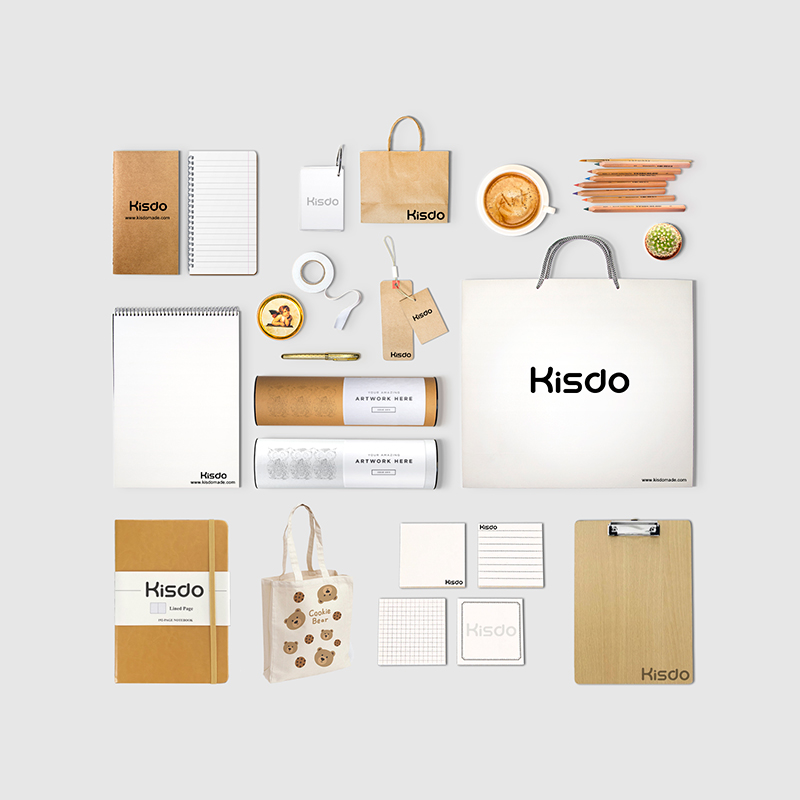How to get started when you have a notebook:
Summary of classic note-taking methods
Today I've summarized some of the more classic note-taking methods I've used since I started studying, their advantages and disadvantages, and how I use them.I hope they will be helpful to you!
Ⅰ. Cornell notes method
Introduction: Also known as 5R notes, it includes Record, Reduce, Recite, Reflect, Review, a total of five parts. In the horizontal and vertical direction, the line will be divided into three parts of the notes page, dividing the space to improve efficiency.
Advantages: it is easy to review and has a clear layout.
Note: It is best to be concise when recording the body in the central column, do not copy, there is no need to copy an enormous paragraph of the original text; different topics in the same body is best to have a clear distinction, such as adjacent with different colors, etc.
Suitable: organizing mistakes, summarizing the chapter, writing movie or book reviews.
Review method: first, look at the summary column to recall the general content of the entire chapter, then cover the range of the central column with your hand and recall and extend according to the keywords within the sub-block.
.jpeg)
II. McKinsey Notes Method
Introduction: It mainly uses McKinsey's classic theory of "empty umbrella" - first describe the facts of the situation, then explain the problem, and finally propose actions to be taken.
Benefits: Helps you learn to think about the reasons behind the situation and the implementation of the solution.
Note: One side of the paper should be kept to one topic, constantly extending and recording your thoughts on the topic.
Suitable for: work notes (e.g., writing programs), study notes (consciously summarizing the problems you encounter), reflective thinking (analyzing your situation to identify the issues and give solutions)
Review method: see the explanation from the facts to see the action, understand the logic chain and deepen the impression.
.jpeg)
III. Outline note-taking method
Introduction: Start writing from the far left and indent according to the grading while using numbers in different formats to distinguish the grading, such as (a) /1, /a, /......
Advantages: structured thinking vertical summary overview horizontal categorization and grouping (easy to review)
Note: Don't limit yourself to the structural framework. Knowledge points that are not in the structure (i.e., those that cannot be added to the horizontal grouping nor counted as vertical expansion) can also be added.
Applicable to knowledge boards that need to be memorized (concepts are broken down into many minor knowledge points, more convenient to remember); expand and extend the examination outline (the ordering of the headings in the large headings can be following the examination outline, more convenient to review)
.jpeg)
I think the Cornell effect is the best, the outline method is the next. McKenzie notes technique is slightly inferior.
Notebook sizes are also significant. For example, when using the Cornell Note Method, too small a notebook size can result in too much content not fitting in the main space.
The desired notebook interior can be dotted; you can purchase a planner notebook if you use the Cornell Note Method. (As a notebook factory. If you need them, you can get them from us to get custom notebooks)
But the notes are only the carrier. Knowledge is the focus, do not fall into the methodology!
.png)
If you want to try these methods, you can also contact us for customization ——Custom-Notebook.







 English
English German
German French
French Russian
Russian Spanish
Spanish Japanese
Japanese Korean
Korean Portuguese
Portuguese Ukrainian
Ukrainian Arabic
Arabic Italian
Italian




